As loud as he is loyal, the coonhound is an American canine classic. He’s tried and true, serving as a fixture in Southern culture and beyond. While coonhounds make great dogs for the right home, there is also a bounty of coonhound mixes worthy of consideration.
Below, we’ll share some of our favorite coonhound mixes and dive into the facts surrounding these hunting hounds.
Coonhound Breed Basics
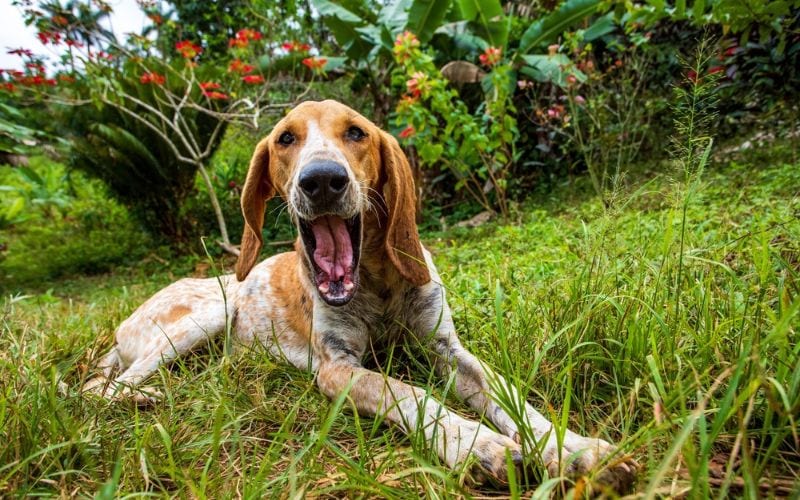
We must meet the coonhound breed before we meet our collection of cute coonhound mixes to understand this sweet Southern gentleman better. It’s not a one-size-fits-all four-footer, as there are several types of coonhounds, though each shares common features like a lanky frame with big, swinging ears.
The AKC recognizes six coonhound breeds in the hound group:
- Black and tan coonhound: This floppy-eared fellow is the largest in the coonhound family, with males weighing up to 110 pounds. He’s easily distinguished from the rest with his size and trademark black and tan coat.
- Treeing Walker coonhound: While this good-looking pupper comes in several patterns and colors, he’s most likely to rock the tricolor look, similar to a foxhound. He can reach 27 inches at the shoulder and 70 pounds at his largest.
- Bluetick coonhound: Weighing up to 80 pounds, the bluetick coonhound is the second largest member of the coonhound family. Like the black and tan coonhound’s signature look, his ticked blue coat makes him easy to distinguish from the rest of the coonhound family.
- Redbone coonhound: This red rover is more eager to please than most coonhounds, so many find him easier to train. He weighs between 45 and 70 pounds and stands up to 27 inches at the shoulder.
- American English coonhound: This pup has English blood but American roots and comes in a kaleidoscope of awesome colors and patterns. He stands up to 26 inches at the shoulder and weighs between 45 and 65 pounds.
- Plott hound: Usually clad in a dark brindle pattern, this descendent of the Hanover hound got his start in the late 1700s in North Carolina. Named after breed founder Johannes Plott, the original Plott hounds helped hunt bears rather than raccoons but remain in the coonhound family of canines, weighing 60 pounds max and standing up to 25 inches at the shoulder.
History
Coonhounds got their start in the American Southeast in the 1700s. Descending from English-imported foxhounds, these leggy legends took to tracking racoons and other native game with ease.
The only exception is the Plott hound, which came from German hunting hounds.
Size
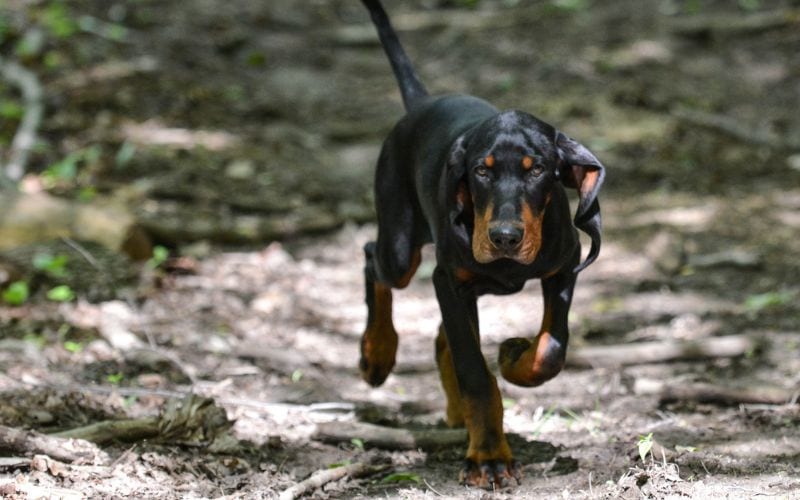
Coonhounds typically weigh between 50 and 70 pounds, with the largest breeds, the bluetick coonhound and black and tan coonhound, weighing up to 80 and 110 pounds, respectively.
Coonhounds are built to be tall, leggy, and thin, which helps them travel long distances in pursuit of prey.
Temperament
Loyalty is a common trait shared between coonhounds, though aloofness with strangers can also creep up.
Build your coonhound’s confidence through early socialization with people and other pets to prevent any issues. With his family, he can be affectionate with those closest to him, but he’s also an independent pup who won’t object to doing his own thing occasionally.
Coonhounds are among the most vocal dog breeds, and they’re famous for their deep bays.
This prolonged howl-like sound is thunderously loud, and how your pooch shows he’s happy, sad, and everything in between — many even bay at new scents, whether discovered midday or the middle of the night. Your neighbors may be less than pleased.
Coonhounds are hunting dogs at heart, so don’t expect him to always lounge around the house. His super sniffer and legs need a workout, preferably by exploring places with his nose while leashed. Nosework games are a great way to put his skills to the test, and snuffle mats are a fun rainy-day activity if you can’t get outside.
Training
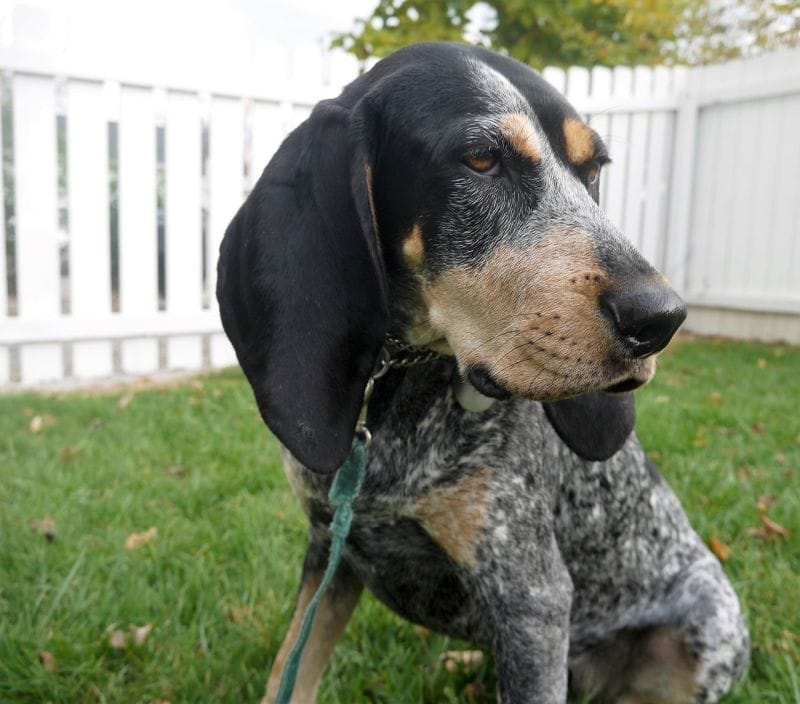
This hound dog is more intelligent than many give him credit for, but he’s also incredibly stubborn at times, so he’s not a great choice for newbie owners. Positive, reward-based training is a must for him, along with varied lessons that hold his attention.
Most importantly, keep this canine leashed in unsecured areas. No matter how solid his recall seems, he will follow his nose after any interesting scent.
Health
Coonhounds share similar health concerns to other medium to large-sized dog breeds, including risks of elbow and hip dysplasia. The group’s famously large, dangling ears are also prone to infection. Check your pup’s ears regularly and clean them as needed to keep the ickies at bay.
Grooming
All coonhound breeds (aside from mixes) have short, relatively easy-to-care-for coats. Brush them once a week to remove any loose hair and debris, as these droopy gents are moderate shedders. You’ll also want to bathe them as needed and check for ticks after romping through wooded or grassy areas.
The only real way to decide if a coonhound or coonhound mix is a good match for your lifestyle is to meet one. Contact breeders or rescues in your area and ask if they do meet-and-greets with pooches. It’s a fun, stress-free way to acquaint yourself with a specific breed better and ask questions of people who know the breed best.
9 Great Coonhound Mixes!
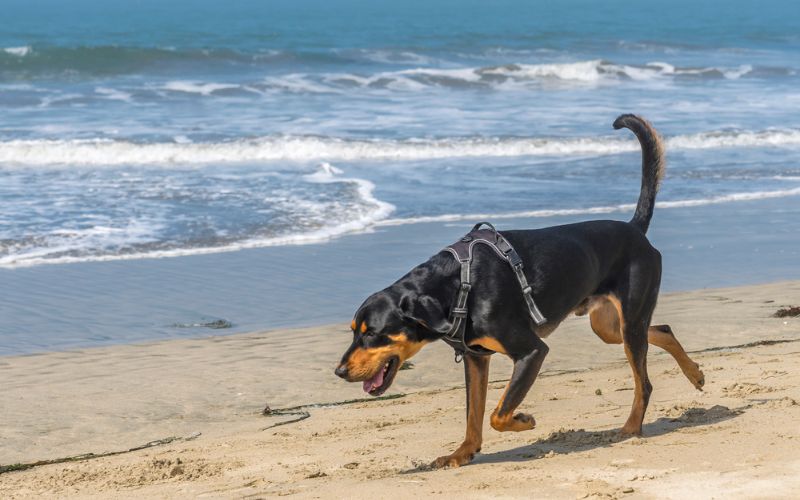
With so many individual types of coonhounds, you better believe there are heaps of cool coonhound mixes of varying sizes, looks, and temperaments. Let’s meet some of them together.
1. Majestic Tree Hound (Bloodhound x Black and Tan Coonhound)
A hound mashup of epic proportions, this four-footer is sure to be a heck of a sniffer, considering the bloodhound has the best sense of smell in the dog world. All that nose power means you can expect to take him on lots of sniffing adventures on long leads. This is the perfect way to tire his mind and body. Just wear comfy shoes, because he can go for miles!
This pup will surely be sizeable, with both parenting dogs often exceeding 100 pounds. Start basic obedience early to ensure his manners are rock-solid before he’s too large to wrangle. It wouldn’t hurt to tempt him with high-value training treats, either, since he can be stubborn.
2. Black and Tan Labhound (Labrador x Black and Tan Coonhound)
Sporty and sweet, this pupper pairing is likely to be a natural for family life. With both breeds being exceptionally affectionate and loyal, the pup has the potential to thrive in a household of kiddos, provided your two-footers know how to treat him with kindness.
This mix of two hunting breeds will likely have above-average exercise needs, requiring daily exercise. A sniffari walk on a long leash is a great start, and you may want to keep fetch toys handy because of his retriever side. With his hound roots, you can’t trust this sniffer off-leash in unsecured areas.
3. Redtick Rottie (Rottweiler x American English Coonhound)
Combining the rough-and-tumble Rottie with a backwoods barker of a coonhound is sure to create an interesting-looking puppy. He’s also likely to be large, so you want to protect his joints as much as possible by helping him maintain a healthy weight through proper diet and exercise. A dog food with glucosamine probably isn’t a bad idea, either.
Since Rotties are notoriously tough on toys, stock up on dog toys for aggressive chewers to keep your pup safe. Socializing him with strange people and dogs early is recommended since Rotties can be aloof.
4. Redbone Beagle (Beagle x Redbone Coonhound)
Double the hound with this sweet sniffer. Considering both parenting breeds are known to be affectionate and playful, this pup may wind up being one of the best dogs for kids. He’s also likely to be an excellent hiking buddy, appreciating the many smells of the trail. Just remember to keep him leashed at all times.
Baying can be a problem with this pooch, which may upset your neighbors if you live in an apartment or the close quarters of suburbia. Start training early to curb any nuisance barking behaviors.
5. BT Walker (Boxer x Treeing Walker Coonhound)
Pairing the bouncy boxer with the affectionate TW will likely form a fantastic family dog and adventure buddy. This lively pairing might be a handful at times, but early obedience training and proper exercise can do a number in tempering his occasional crazies. Remember to laugh, as you’ll need that humor with this hound mix.
Boxers love to play, so you’ll want to keep an assortment of toys on hand to occupy his body and mind. Kong dog toys are a good match, given their strength and the variety of styles from which you can choose. Stuff them with goodies like dog-safe peanut butter to keep your pooch content between backyard romps and walks.
6. Rhodesian Redbone (Redbone Coonhound & Rhodesian Ridgeback)
Pairing a majestic African dog breed with a Southern staple forms one handsome pupper! Usually sporting a deep red hue and dark, soulful eyes, it’s hard not to love the look of this canine combo. You’ll also like grooming him, considering his short coat only needs occasional brushing and bathing to look its best.
Ridgebacks can be uneasy around strangers, so work on socializing him with new people early in puppyhood to teach him friends from foes. It’s also not a bad idea to look into hiking trails in your area, as he’s the type of dog to appreciate a long stroll through the woods with his favorite human.
7. German Shepherd x Coonhound
Blending a brave shepherd with a jovial coonhound can create a wide range of personalities. You may wind up with the anxiousness of a shepherd, making crate training a must to stop separation anxiety destruction, or you may bring home a happy-go-lucky friend who doesn’t sweat the small stuff. You never know what you’ll get with both breeds being so different.
This gentleman’s German side is infamously tough on toys, so we’d recommend stocking up on the best toys for German shepherds to keep him happy, healthy, and safe for hours. Another great idea is to research canine sports in your area since his shepherd side is smart and active, needing an outlet to avoid boredom.
8. Australian Shepherd x Coonhound
With the Aussie being one of the world’s smartest dog breeds, this mutt mashup will likely be a wise woofer. Ongoing training and exercise are vital in keeping this canine content. Keeping interactive dog toys on hand is also good for occupying your pup when you can’t.
Grooming this cutie can be more hassle than other coonhound mixes, considering the Aussie’s shaggier coat. If your pup has long hair, comb him several times weekly to avoid tangles. Brushing also removes shedding hair, ensuring your dog looks and feels great.
9. Catahoula Coonhound (Catahoula Leopard Dog x Coonhound)
Good looks set this sniffer apart from the pack. He may pop out in a rainbow of patterns and colors, as the Catahoula is a merle dog breed, and coonhounds can be black and tan, ticked, red, and so many more legendary looks.
Early training and socialization are critical for this pup since Catahoulas can be standoffish with strangers and stubborn. Utilize positive reinforcement training methods and mix up your routine to keep him focused and thriving as he learns. Harsh corrections should never be used for him or any other dog, as you’ll damage his sensitive spirit.
Coonhound Mixes: FAQ
Do you still have questions or concerns about coonhounds and coonhound mixes? Let’s follow our noses to the most commonly asked questions about these handsome hounds and see if we can help.
What are coonhounds mixed with?
Almost all coonhounds originally descended from foxhounds imported from England. The only exception is the Plott hound, a breed created from Hanover hounds from Germany.
Today, coonhounds are bred intentionally and accidentally with all sorts of breeds, ranging from common canines like Labs and pit bulls to rare pups like bloodhounds.
What are some negatives about coonhounds?
Coonhounds are sweet dogs who excel at the job they’re bred for, but they’re not a good match for everyone’s lifestyle. The group’s most significant drawback is their bay style of barking, which can be heard for miles. This doesn’t make them the best dog breed for apartment life. They’re not always a great fit for suburban life, either.
Another major downside is the coonhound’s intense desire to follow scents. This makes walking them on a leash outside securely fenced yards a must to keep your canine safe. At the same time, your coonhound still needs to satisfy his sniffing instincts, so you’ll need to implement canine enrichment activities for a safe, appropriate outlet.
What breeds make up a coonhound?
Five of six coonhounds today date back to foxhounds imported from England in the 1700s. The only one that didn’t is the Plott hound, descended from German Hanover hounds.
Do coonhounds make good house pets?
Coonhounds can make good housepets, provided you give your dog the enrichment and attention he needs. You’ll also need to work on training and socialization from early puppyhood to ensure he learns house manners, like no excessive barking.
At what age do coonhounds calm down?
Every dog is unique. Sure, most dogs calm down as they mature around 2 or 3 years of age, but other dogs remain wired to go, go, go until seniorhood. With proper training and ample exercise, your pup may learn to relax into the best version of himself.
Do you live with any of the coonhound mixes on our list? Is your coonhound cutie another cool combo of breeds? Tell us about him in the comments. We’d love to get to know him!
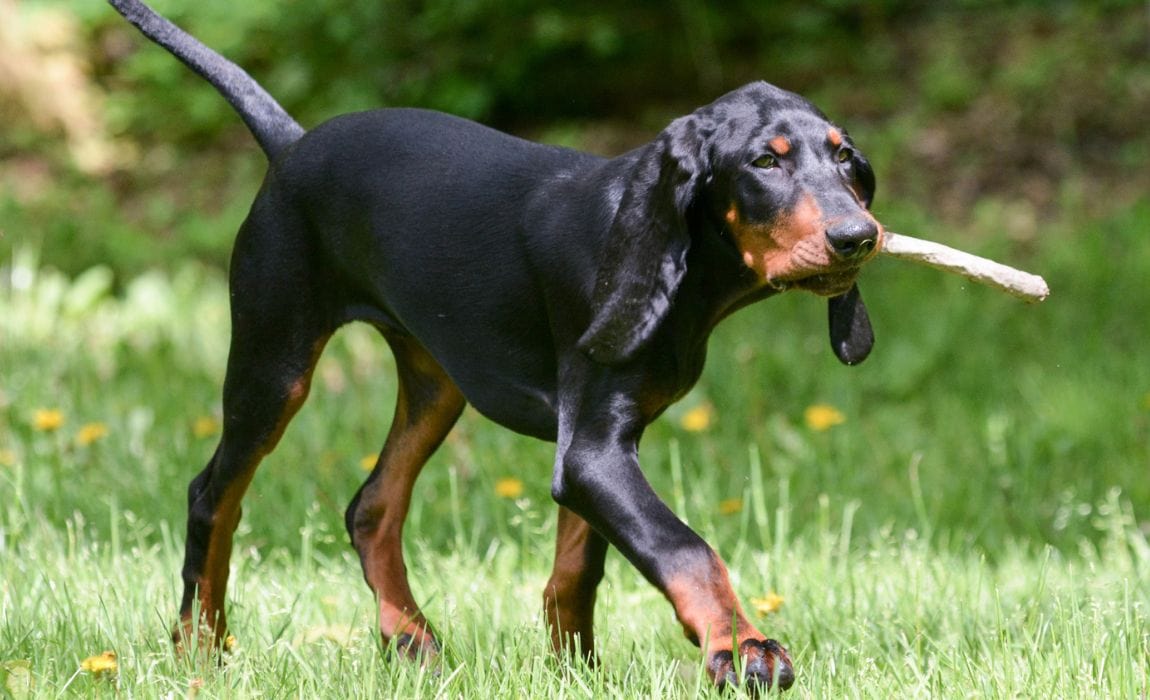

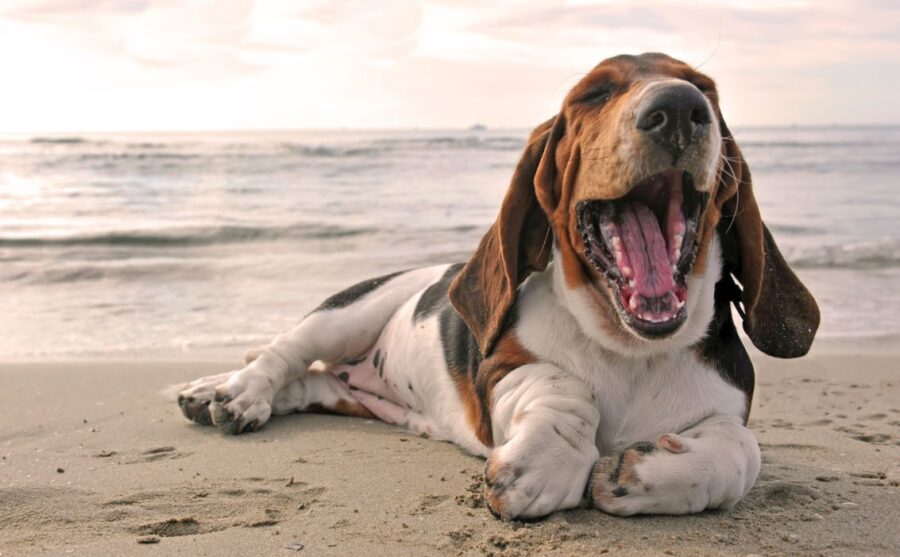


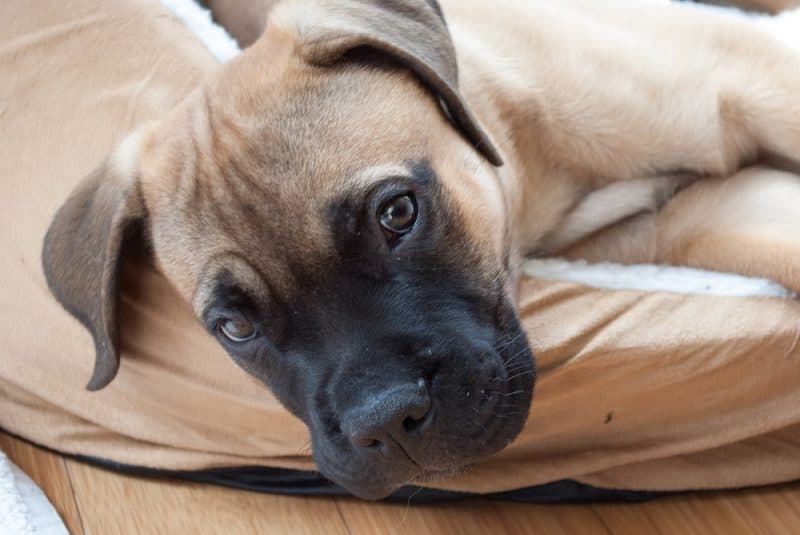
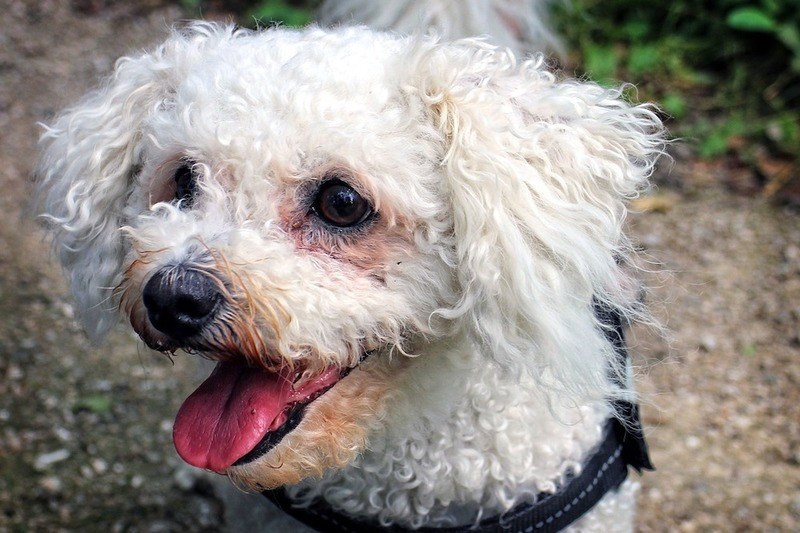
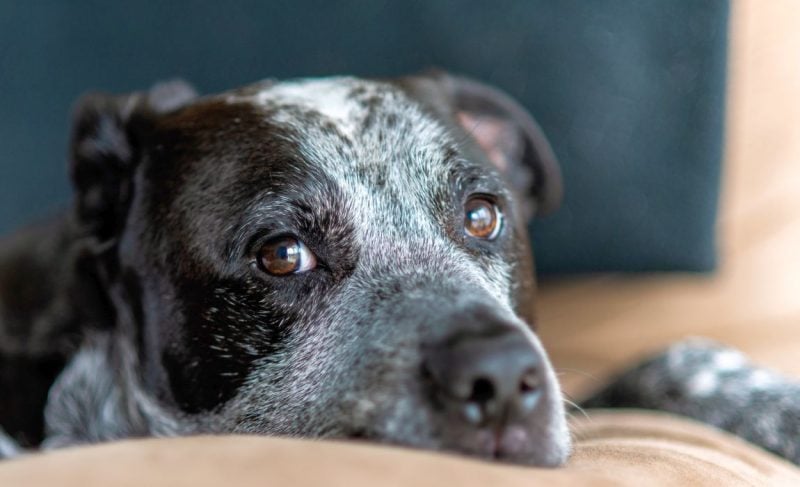
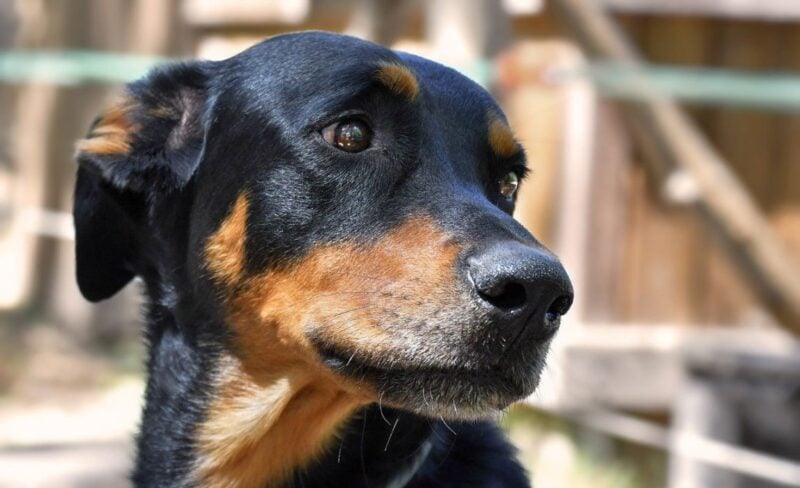
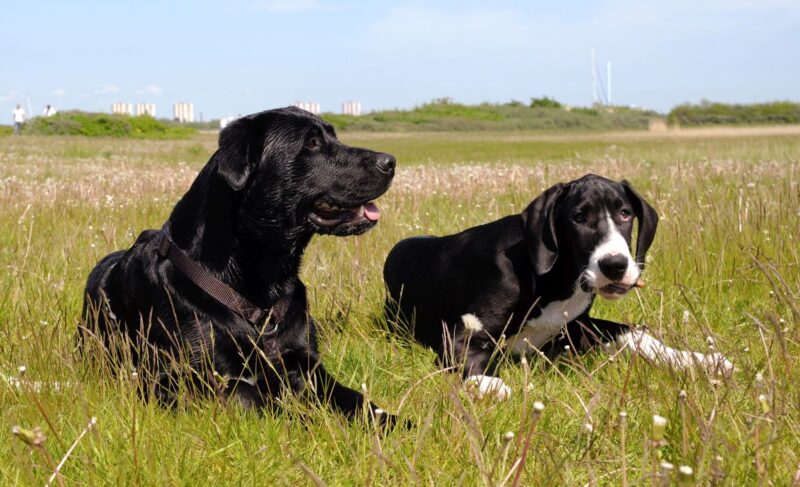
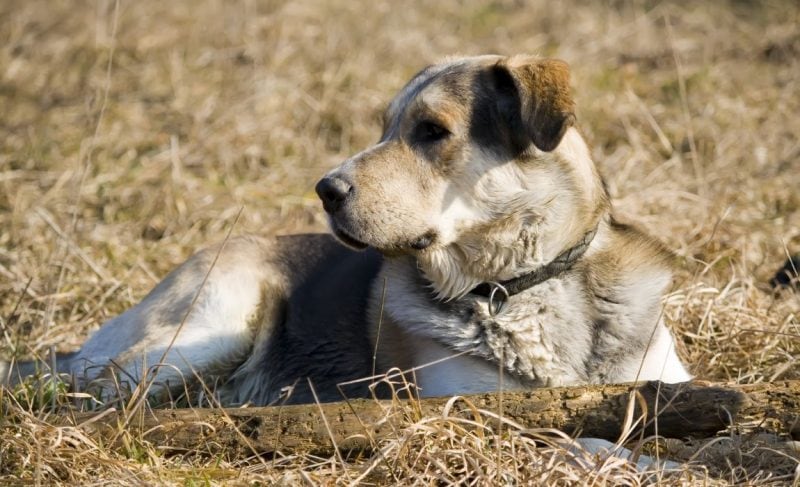
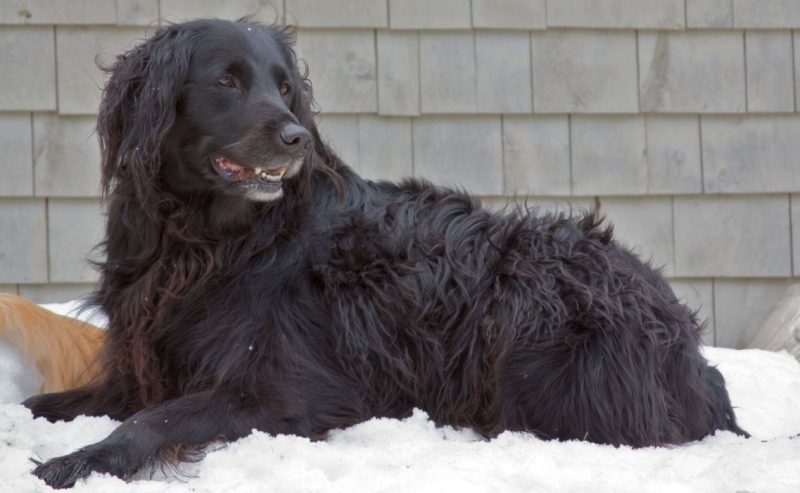

Leave a Comment